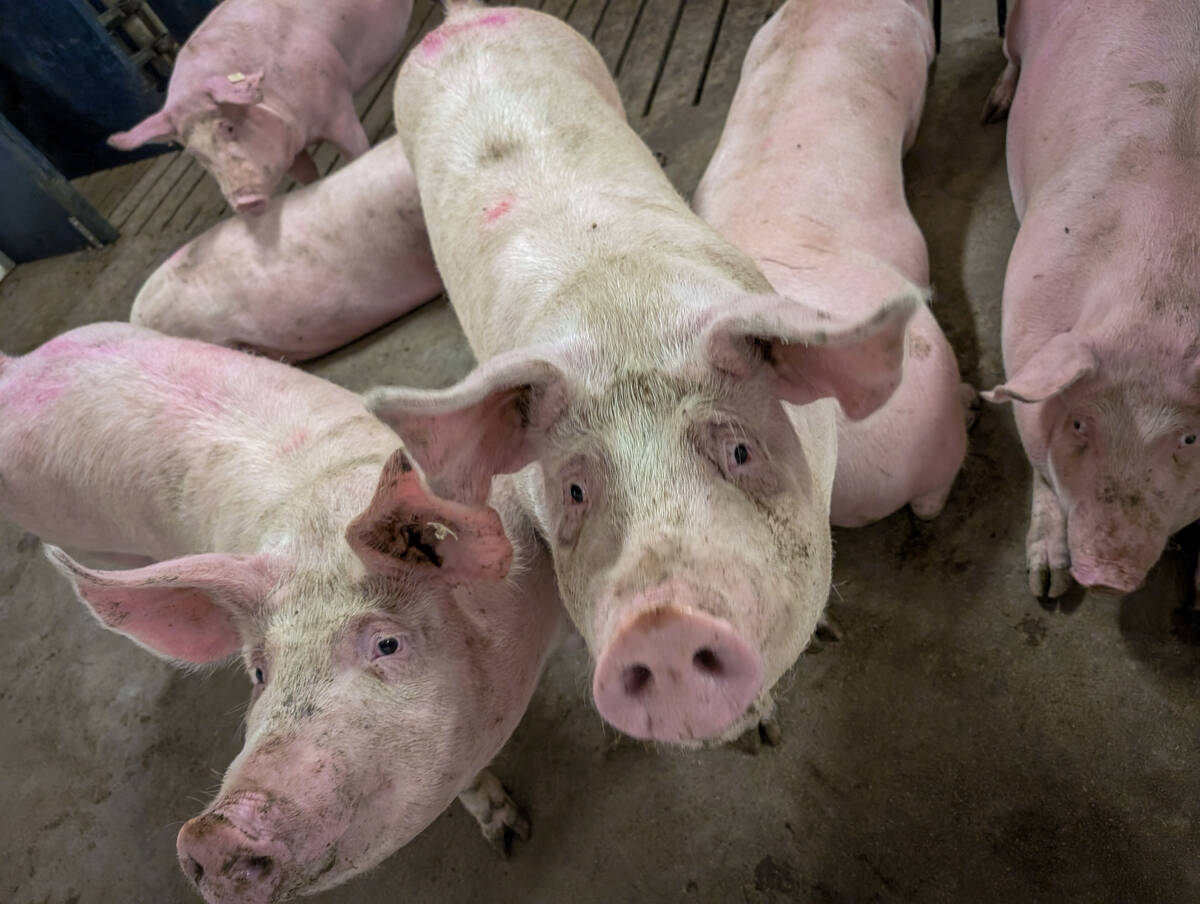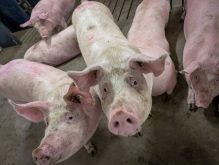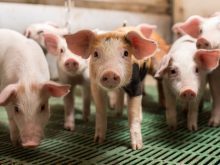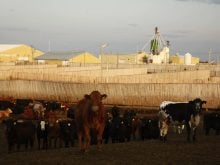HUSSAR, Alta. – Available soon – a spacious wire cage complete with
furnishings. Includes perches, dust bath and nesting boxes. Must be
seen to be appreciated.
If Alberta egg producers have their way, new and improved cages for
commercial laying hens could soon be developed at a reasonable cost.
The Alberta Egg Producers Board is supporting research into battery
cages that could ultimately provide chickens with more individual space
and furnishings to accommodate natural behaviour such as nesting and
Read Also

Pork sector targets sustainability
Manitoba Pork has a new guiding document, entitled Building a Sustainable Future, outlining its sustainability goals for the years to come.
roosting.
More space may not increase productivity, but could address public
concern about how laying hens are raised.
“Certainly stocking densities are going to be somewhat less than what
we have in a modern cage system,” said John Church, an animal welfare
specialist with Alberta Agriculture.
He is collaborating with researchers at the University of Alberta to
investigate better bird housing.
“To improve the welfare of anything, we have to do it in an economical
manner that won’t put a heavy burden on the producer,” he said.
The latest research includes modifying current systems to include areas
for nesting and roosting.
However, Church acknowledged that expensive cages could force egg
prices out of reach for the average consumer who relies on eggs as a
relatively inexpensive protein source.
“Society may be imposing upper class values on people who can’t afford
it,” Church said.
Egg producer Charlie Van Arman said recent improvements in Canadian
chicken housing systems were prompted by developments in Europe, where
the public raised concerns about bird welfare.
Constant improvements are now being made, and on Van Arman’s farm, that
means using cages for his layers.
“A proper cage system, for my money, supports the bird’s natural
instincts to live in small groups,” he said.
“The environment in a modern hen house is clean and free of stress.”
Before the Second World War, chickens lived freely in open barns. That
is no longer economical, except for niche markets.
Allowing chickens to move freely in large groups also had its
disadvantages.
“Mortality back around World War Two was around 15 to 25 percent of the
flock, where today it is somewhere between 21/2 and five percent of the
flock,” Church said.
Aviary systems raise groups of birds in larger enclosures and appear to
answer some welfare concerns. The birds have more freedom of movement,
but dust levels are higher, litter is changed less often, and there is
risk of contamination when eggs are exposed to manure. There may also
be a greater potential to spread diseases and parasites among birds and
in the eggs.
Church said people have to be careful not to give animals human
attributes when thinking about confinement issues.
He used dogs as an example. They prefer to sleep in a small doghouse or
kennel, which does not appeal to a person.
“If you think of a dog as a den-dwelling animal, then maybe she is not
comfortable sleeping on a bed,” Church said.















